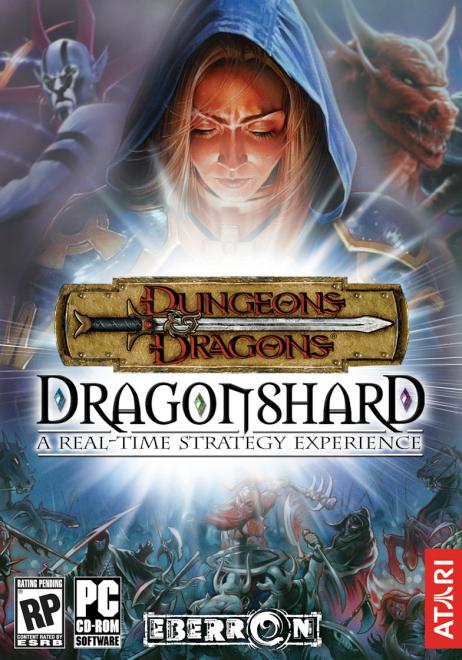Dungeons & Dragons: Dragonshard Interview
Article Index
Page 1 of 2
Now that Dragonshard has been in the public's hands for over three months, we wanted to check in with the guys at Liquid Entertainment to get some feedback on the game's development and to find out what the team has planned for the its future. Our questions and their answers to follow:GB: With Dragonshard now on store shelves, how has the response from the community been so far?
Charley: Absolutely fantastic. Despite a few initial hiccups with distribution, our community remained strong and faithful, giving us feedback that has been incorporated into our latest patches, and remaining active on our official boards.
Critical feedback was also very positive we were glad to see all of the reviewers that acknowledged our success in successfully blending RPG and RTS gameplay into one diverse gaming experience.
GB: Are there any fond memories or tough obstacles encountered during the development of Dragonshard that you can share with us?
Charley: Game development as a whole is fraught with both fond memories and tough obstacles. In terms of the former, we went with an iterative approach to development that involved establishing a foundation for the gameplay, and then building the necessary layers on top of that, tweaking the interwoven systems as necessary to ensure that the other features of the game were reinforced rather than hampered. As such, when we first got the dual-layer system working, or unit leveling, or Nexus effects all had a substantial impact as we watched the game get its legs under it and come to life.
Other special moments for me included the first time we implemented the Beholder and watched it annihilate units faster than we could create them (he was dialed down - just a little bit), and watching the Gelatinous Cube work its magic.
Many of the obstacles we faced were associated with the ambitious nature of a number of the features that we were attempting to implement. We went through several versions of the dual-layer system, including interlocking rooms, and navigating through underworld structures, before we finally settled on the cavernous cityscape that is found in the game today. The Nexus system also went through a number of revisions to ensure that it struck the appropriate balance between ease of comprehension and extensive, dynamic functionality.
GB: Did you plan on basing Dragonshard in Eberron from the beginning or were other settings (Forgotten Realms, Greyhawk, Dragonlance, etc.) considered at one time?
Charley: As avid D&D gamers, all of us have fond memories with each of the various campaign settings. We ended up choosing Eberron because we loved a lot of the ideas that Keith [Baker] was working on in the preliminary Eberron source material, and felt that gamers deserved to be introduced to the fresh and unique elements of a brand new setting rather than merely revisiting the familiar landscapes of the Forgotten Realms.
It also gave us an opportunity to help forge part of the foundation of the world itself. The realizations of a number of the characters and environments in our game were directly reflected in a number of source material pieces that Keith Baker wrote for Dragon magazine and other D&D addendums. The nature of Dragonshards and how they relate to the game world also provided an indirect inspiration for how we would handle resource management in a new and innovative way.
GB: How much involvement did Wizards of the Coast and Eberron creator Keith Baker have during the development of the game?
Charley: Wizards of the Coast worked hand-in-hand with us throughout development, helping us to hone the artistic style of our units and ensure that each of our creations properly fit within the tenets of the D&D world.
Keith Baker was integral to the early design process, helping us to establish the direction for our overall narrative, and the influence and characterizations for the Champions throughout the story.
GB: Was it difficult to find a balance between resource management, dungeon crawling, and overland combat? Do you feel you've ultimately achieved such a balance?
Charley: Striking a balance between three different gameplay elements that must be running through the player's mind simultaneously is always a difficult task, and involved tweaking a number of different distinct elements. For example, increasing the defenses of the Nexus Grid alleviated some of the pressure of the rush that early gamers faced, and removed their hesitancy to leave their home fortification unguarded to search for resources, which allowed us to keep unit movement and training speeds high.
In the end, I think we struck a good balance between managing the player's base, scouring the above ground layer for shardfalls, and crawling the dungeons in search of experience and treasure.


